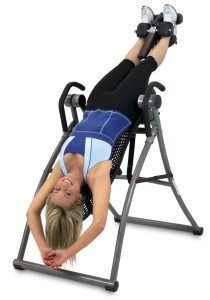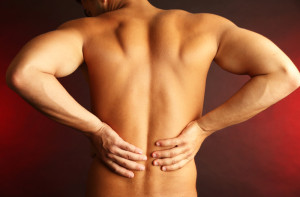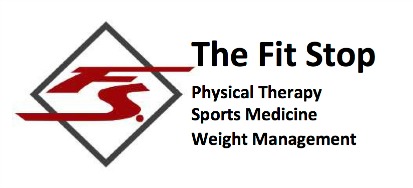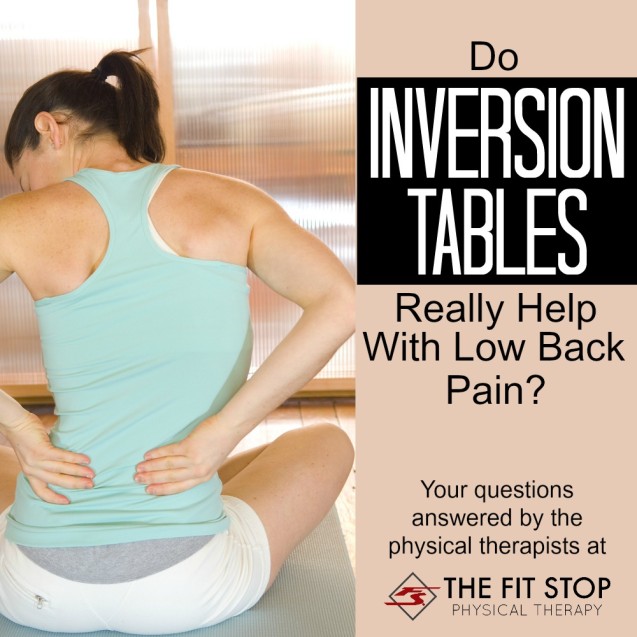Do Inversion Tables Help Low Back Pain
Will an Inversion Table help my Low Back Pain?
As a physical therapist, I have heard many, many very interesting treatment approaches for low back pain (LBP). We as human beings have actually gotten pretty creative in treating LBP. From the more mainstream approaches of modern medicine, to the more “alternative” approach, there is much to choose from out there. Because of the myriad of options, it can be pretty difficult to know exactly where to start, and what to focus on. Today one of our back pain specialists, Toby Bluth, PT, DPT, weighs in on one of these treatments – inversion tables. Learn the how, why, and what behind this treatment and whether or not you could benefit from it! Keep reading for more…
 A common question I get from my patients regarding their LBP has to do with inversion tables. You can buy these devices in many different places. From sporting good stores, to late night infomercials (unable to sleep because of the pain, right?), inversion tables have been a treatment alternative used for years in an attempt to keep low back pain at bay. Though there are many different designs out there, the setup usually includes some way to lock the feet in place, and then gives the user the ability to invert the body, putting the patient upside down. But does it really help to reduce LBP, just as that savvy late night shopping salesman says it will?
A common question I get from my patients regarding their LBP has to do with inversion tables. You can buy these devices in many different places. From sporting good stores, to late night infomercials (unable to sleep because of the pain, right?), inversion tables have been a treatment alternative used for years in an attempt to keep low back pain at bay. Though there are many different designs out there, the setup usually includes some way to lock the feet in place, and then gives the user the ability to invert the body, putting the patient upside down. But does it really help to reduce LBP, just as that savvy late night shopping salesman says it will?
Let’s start out by discussing the mechanics behind the inversion table. It is quite simple actually. When someone gets turned upside down on one of these tables, gravity and the weight of the body provides a sight separation to the joints of the spine. Another word for this separation that gets thrown around quite a bit in the therapy world is traction. This traction force to the spine in an inverted position is intended to help provide pain relief by taking a load or stress off the spine (specifically the discs and joint spaces). In the clinical setting here at the Fit Stop, we as physical therapists will provide the same traction treatments, in some situations, in the form of a mechanical unit or simply by using our own hands. The traction force that is applied by these means is very similar to that being provided by an inversion table, without being turned upside down.
We’ve said many times here before on the Fit Stop blog that all back pain is not created equal, and this principle again applies to our discussion of inversion tables and determining whether or not they are right for you. There are different kinds of low back pain: pain that is pretty central in the low back, pain that is centered more in the upper part of the glutes (Sacro Iliac Pain), chronic low back pain, acute (or recent onset) low back pain, back pain with associated leg pain, and the  list could go on from there. Because of this, and the complexity of the human body, we have learned that physical therapy treatments work a lot better when the right kind of treatment is matched with the right kind of LBP (LBP from the right source). Seems pretty straight-forward, right? Let’s apply this knowledge to the use of inversion tables. There is a lot of research out there that shows pretty clearly that traction (remember, this is the force that an inversion table would apply to the spine for pain relief), does little to nothing to help low back pain in general. So should we just throw up our hands and give up on the whole inversion table idea? Well, maybe not. Let’s go back and look at the different kinds of back pain again. It does seem that for that most of the above listed types, inversion tables seem to help very little in the long run. However, recent research has shown that traction may be beneficial for those that have lumbar radiculopathy (this is the group of people that may or may not have back pain, but definitely have pain that seems to start up in the gluteal region and shoots down the leg). This is a miserable pain, very difficult to live with, and sometimes a tricky one to treat. But, there is hope for treating this kind of pain, and using traction can help in some situations.
list could go on from there. Because of this, and the complexity of the human body, we have learned that physical therapy treatments work a lot better when the right kind of treatment is matched with the right kind of LBP (LBP from the right source). Seems pretty straight-forward, right? Let’s apply this knowledge to the use of inversion tables. There is a lot of research out there that shows pretty clearly that traction (remember, this is the force that an inversion table would apply to the spine for pain relief), does little to nothing to help low back pain in general. So should we just throw up our hands and give up on the whole inversion table idea? Well, maybe not. Let’s go back and look at the different kinds of back pain again. It does seem that for that most of the above listed types, inversion tables seem to help very little in the long run. However, recent research has shown that traction may be beneficial for those that have lumbar radiculopathy (this is the group of people that may or may not have back pain, but definitely have pain that seems to start up in the gluteal region and shoots down the leg). This is a miserable pain, very difficult to live with, and sometimes a tricky one to treat. But, there is hope for treating this kind of pain, and using traction can help in some situations.
So, knowing this little bit of information can be helpful if you are trying to decide on investing in an inversion table. Inversion tables provide traction. That traction can provide relief by slightly separating the lumbar joints themselves, and thus decreasing some pressure on an aggravated nerve. When patients experiencing this kind of LBP ask me about inversion tables, I generally recommend using the machine or manual modes of traction instead of the inversion table. I personally don’t like the feeling of being held upside down for an extended period of time. The machine or manual modes are just more comfortable. However, if one can tolerate the inverted position then the results may be similar with an inversion table or other mode of traction.
As far as using inversion tables regularly for prevention of generalized low back pain, I feel that it is unnecessary and research does not support it. In my mind, the best defense against low back pain is actually a healthy and active offense – staying physically fit: consistent aerobic, strength and flexibility training (see this post for more: “5 Tips To Keep Your Back Healthy And Pain Free”). If you have any further questions about your low back pain or specific treatments to alleviate this pain please feel free to call or stop by to talk to one of our back pain specialists. You can reach us at one of our 4 locations listed at the webpage links below:
Heber City Salt Lake Farmington Murray
Toby Bluth, PT, DPT
Fit Stop Physical Therapy – Heber City
345 West 600 South Suite 200
Heber City, UT 84032
(435) 654-5607


